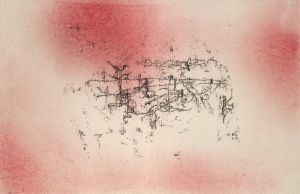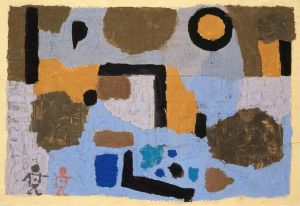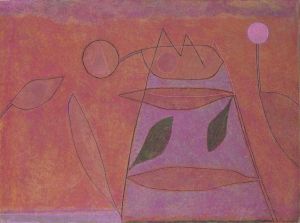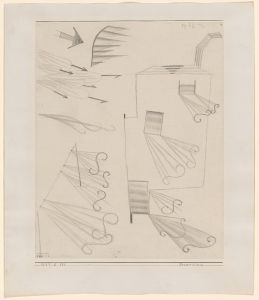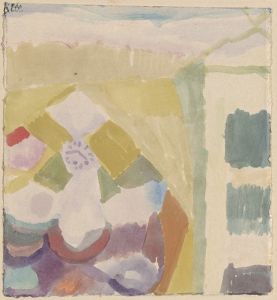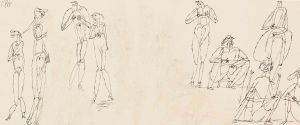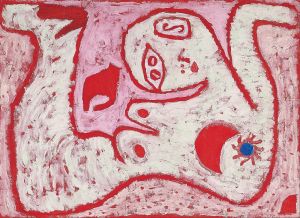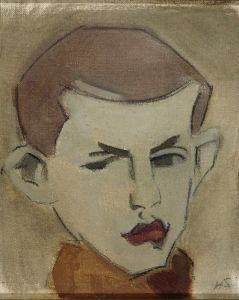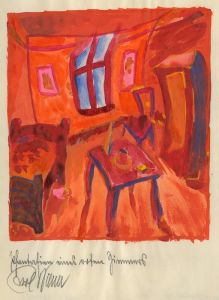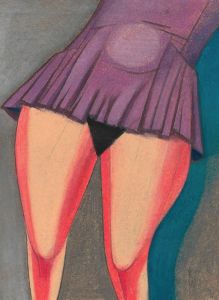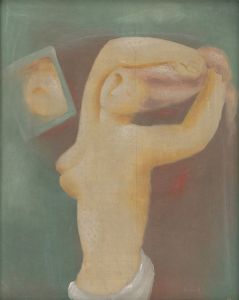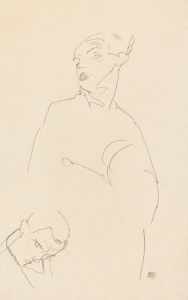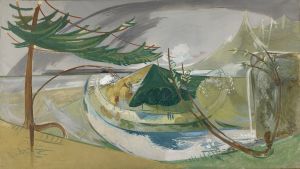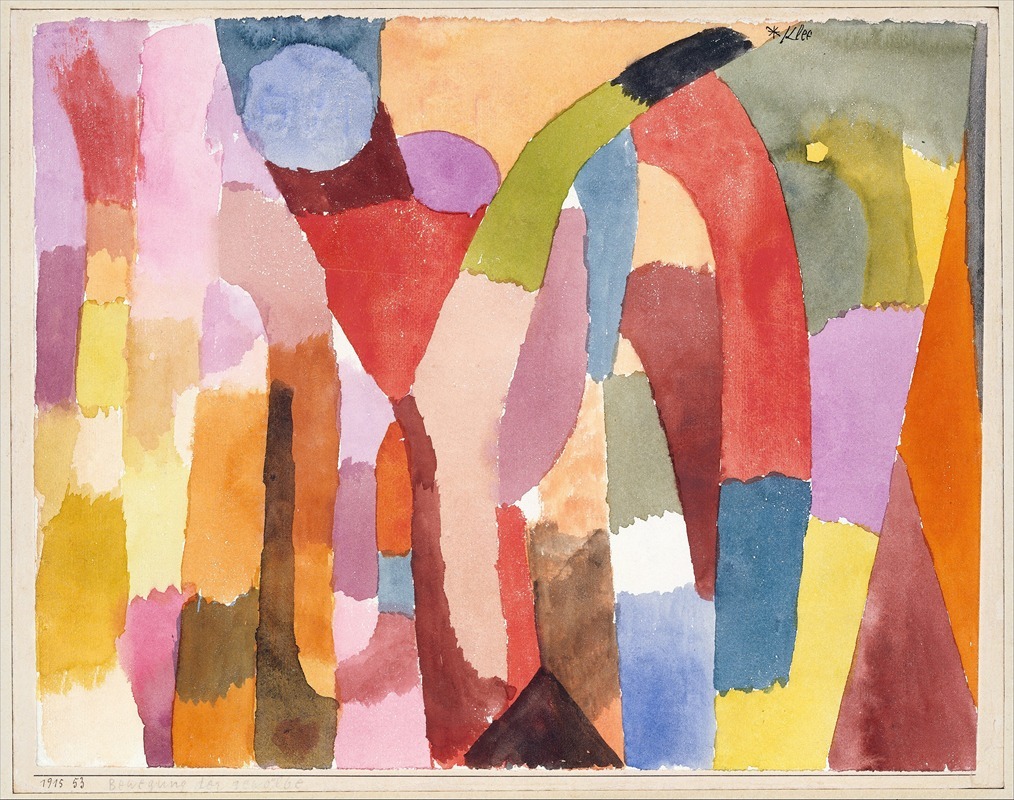
Movement of Vaulted Chambers
A hand-painted replica of Paul Klee’s masterpiece Movement of Vaulted Chambers, meticulously crafted by professional artists to capture the true essence of the original. Each piece is created with museum-quality canvas and rare mineral pigments, carefully painted by experienced artists with delicate brushstrokes and rich, layered colors to perfectly recreate the texture of the original artwork. Unlike machine-printed reproductions, this hand-painted version brings the painting to life, infused with the artist’s emotions and skill in every stroke. Whether for personal collection or home decoration, it instantly elevates the artistic atmosphere of any space.
Paul Klee's Movement of Vaulted Chambers is a painting created in 1915 by the Swiss-born German artist, who is widely regarded as a pioneer of modern art. This work exemplifies Klee's distinctive style, which often blends abstraction and symbolism, drawing inspiration from a variety of sources, including nature, architecture, and music. The painting reflects Klee's interest in exploring spatial relationships and the interplay of geometric forms, a recurring theme in his oeuvre.
Movement of Vaulted Chambers was produced during a pivotal period in Klee's career. In 1914, Klee had traveled to Tunisia, an experience that profoundly influenced his use of color and form. Upon returning to Europe, he began to experiment more extensively with abstraction, incorporating elements of Cubism, Expressionism, and his own unique visual language. By 1915, Klee was associated with the German avant-garde group Der Blaue Reiter (The Blue Rider), which included artists such as Wassily Kandinsky and Franz Marc. This affiliation further shaped his artistic development and philosophical approach to art.
The painting itself is characterized by a composition of interlocking geometric shapes, which evoke the impression of architectural structures, such as vaulted ceilings or chambers. Klee's use of muted, earthy tones in this work creates a sense of depth and movement, as if the viewer is peering into a dynamic, multi-dimensional space. The title, Movement of Vaulted Chambers, suggests an exploration of architectural forms in motion, a theme that aligns with Klee's fascination with the dynamic interplay of structure and fluidity.
Klee's works from this period often reflect his interest in the relationship between the physical and the metaphysical. While the painting does not depict a specific scene or narrative, its abstract forms invite viewers to interpret its meaning subjectively, a hallmark of Klee's artistic philosophy. He once described his art as aiming to "make the invisible visible," a concept that resonates in the layered and enigmatic quality of Movement of Vaulted Chambers.
Today, Movement of Vaulted Chambers is recognized as an important example of Klee's early abstract works. It demonstrates his innovative approach to composition and his ability to synthesize diverse influences into a cohesive and original visual language. The painting is held in a private collection and continues to be studied and appreciated for its contribution to the development of modern art.





